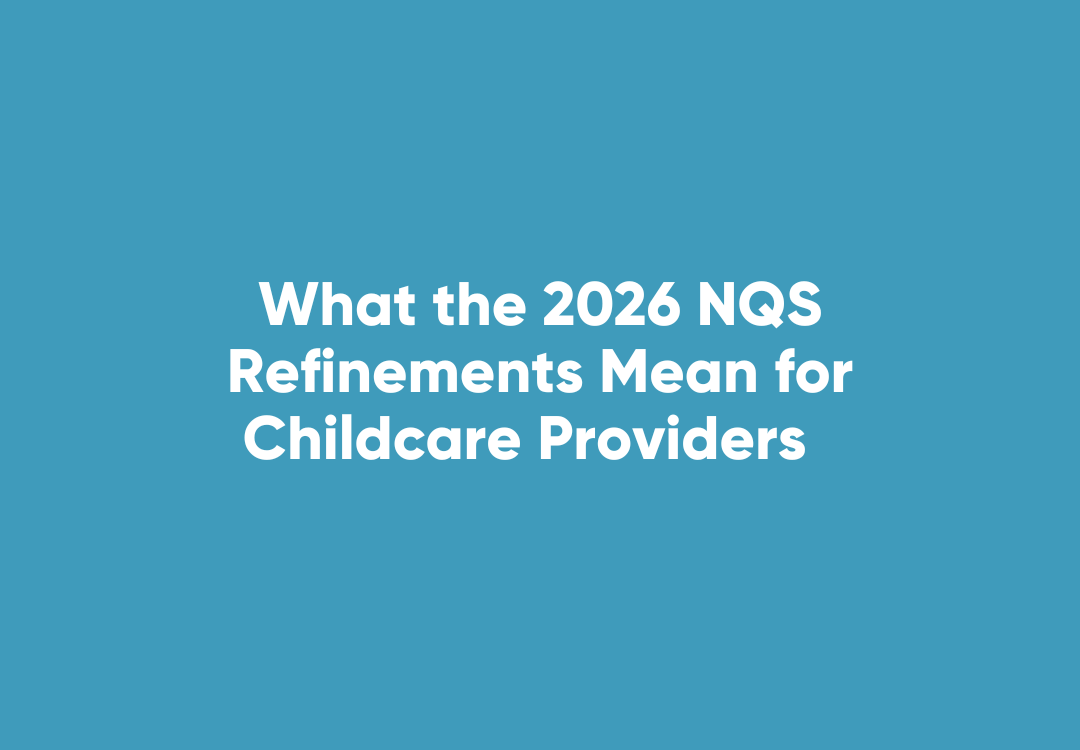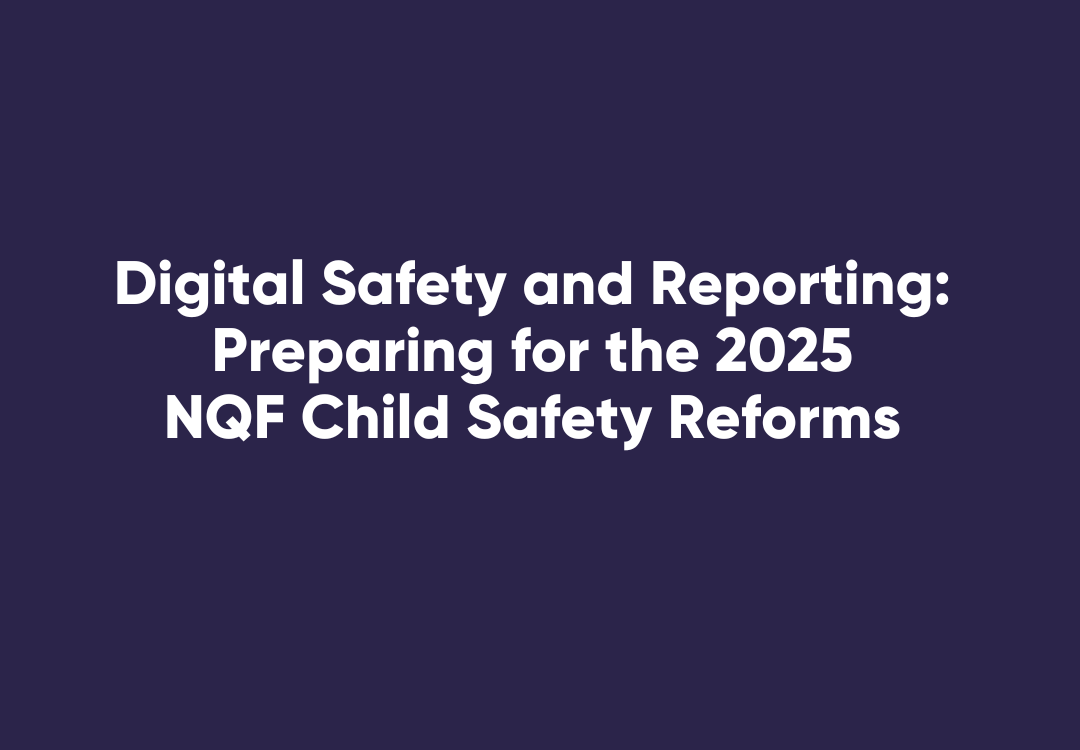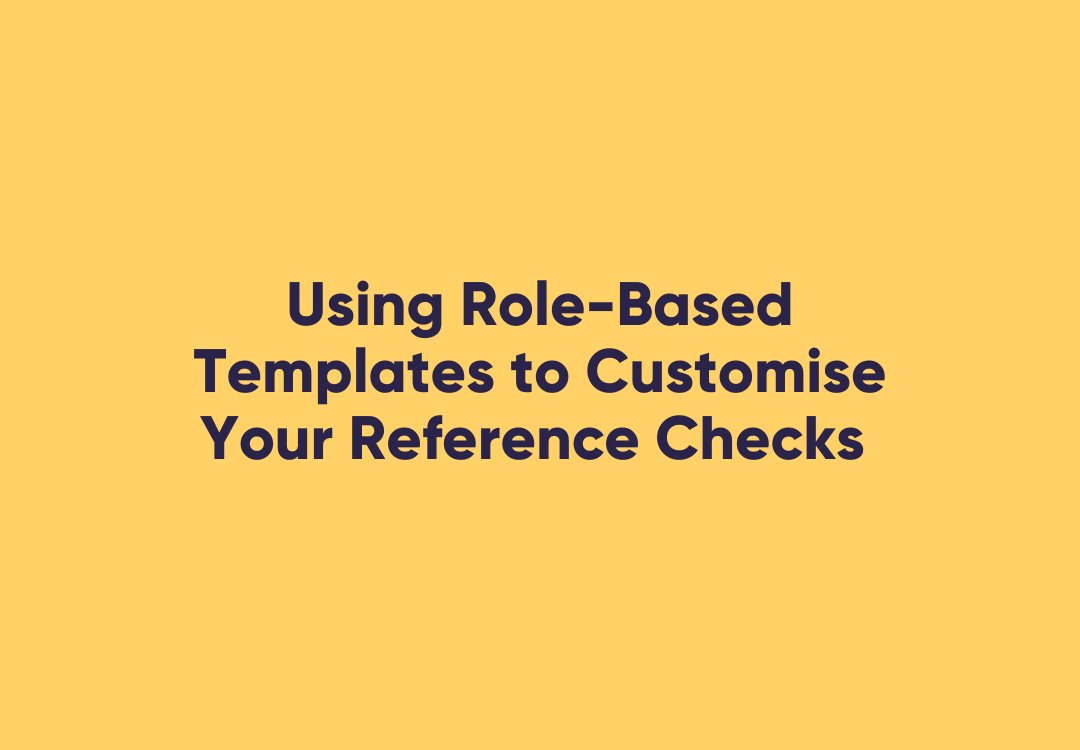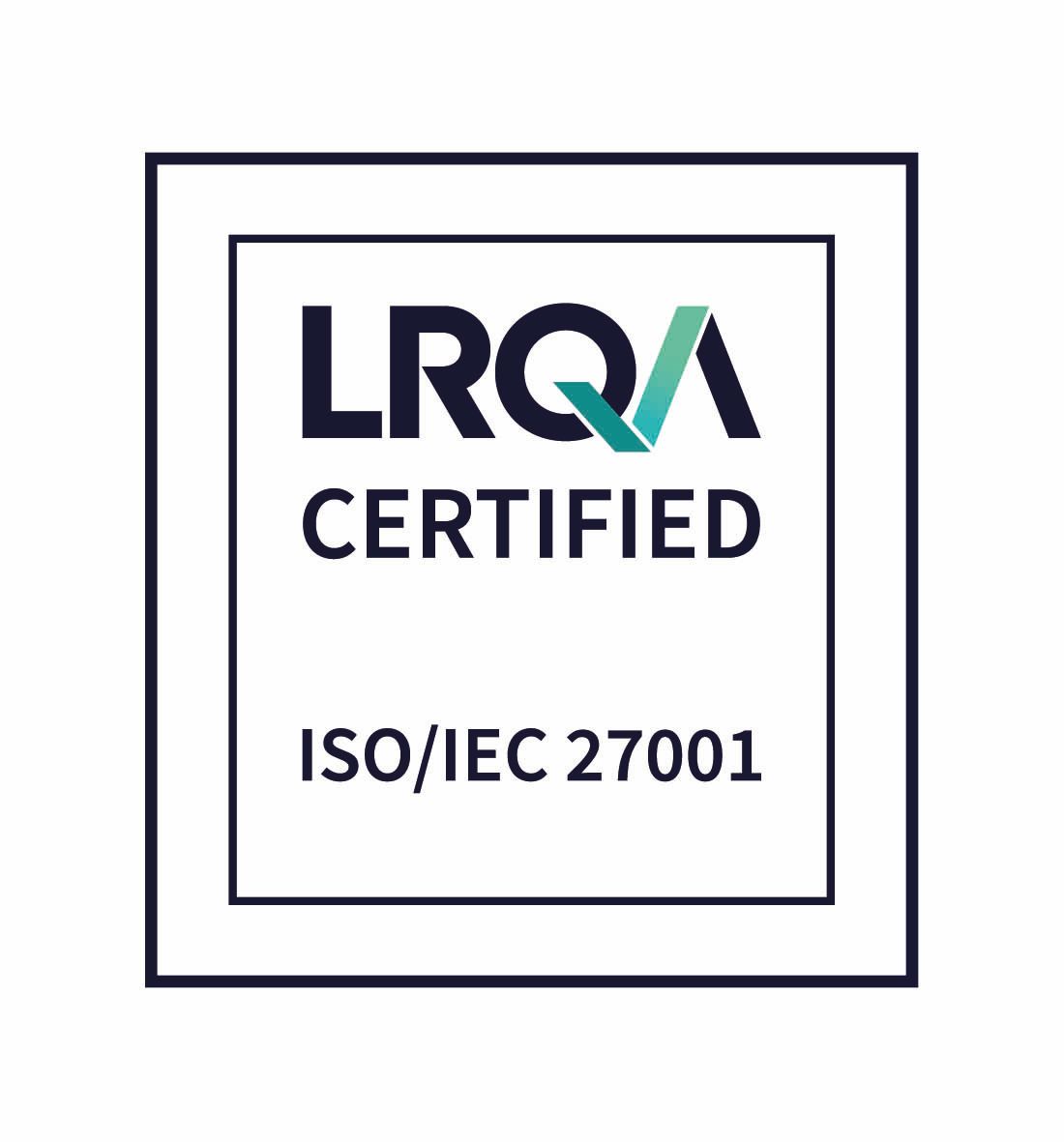Four Myths About Employee Inductions
Despite the proven importance of having a comprehensive employee induction program, there is still a reasonable amount of confusion regarding what is legally required.
In the interests of making the induction process run more smoothly, let’s clear up a few common myths.
Myth #1: Inductions only need to be completed in high risk industries
While the level of risk that workers in your industry face will likely have an impact on how you carry out your induction, that doesn’t mean the process is exclusive to hazardous positions.
By law you must take reasonable steps to ensure the health and safety of all your employees (no matter what role or industry).
Some businesses are still unsure about the benefits of employee inductions.
Myth #2: Employee inductions don’t need to be completed by contractors
It’s true that using independent contractors differs from hiring permanent staff in certain ways, however when it comes to inductions there is also a legal responsibility to carry one out, whether new employees will be with your organisation for six months or six hours.
From a workplace health and safety perspective and under the Work Health and Safety Act (model WHS Act), the primary duty of persons conducting a business or undertaking (PCBUs) applies to “workers”, a term defined to include contractors.
This means that a PCBU will have a primary duty to ensure their health and safety of all workers, so far as is reasonably practicable.
Myth #3: After completion, an induction module never needs to be done again
A well designed induction program should have all the information a new employee needs to get them started on the right foot, however that’s not to suggest that once completed they’ll be set for the duration of their career.
In general, induction modules expire after two years, and in some sectors such as healthcare that duration is just one year.
That’s not even taking into account changes in regulation and technology that may occur in the meantime.
Induction modules are evolving, so when content is updated you may need to repeat them.
Myth #4: Every induction program is the same
At their most fundamental level, employee induction programs all have the same end goals – minimising risks to employees and the business, protecting staff from hazards and ensuring employers fulfil their legal compliance obligations.
However, every organisation is different, and specific role-based inductions may sometimes be required.
The program may even differ from one industry to the next and change from role to role.
In situations such as this, it helps to have an adaptable induction solution that offers training specific to different roles and industries, rather than taking the one-size-fits-all approach.












